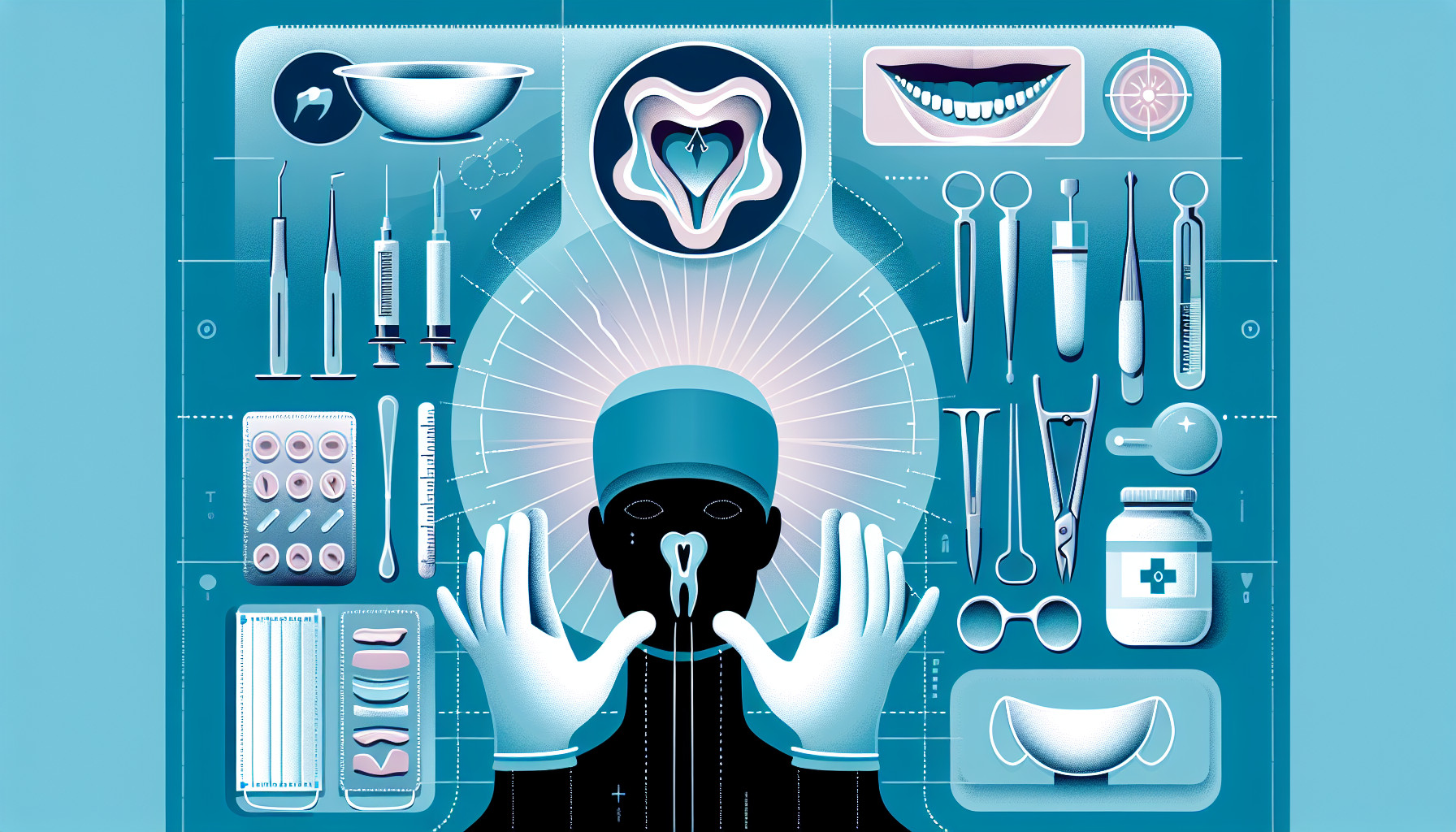Our Summary
This research paper discusses the use of 3D-printing in facial and oral surgery. Although 3D-printing is commonly used by surgeons in this field, no French health center currently follows the latest European standards for producing in-house medical devices. This paper, written by a group of experts from the French Society of Stomatology, Maxillo-Facial Surgery and Oral Surgery, offers guidelines for using 3D-printing within these medical practices.
The paper suggests that, while technical issues related to printers and software were previously a challenge, these are less of a concern now. The main hurdles to implementing 3D-printing platforms in-house are economic and regulatory. For successful implementation, close collaboration is needed between health professionals and engineers, as well as specialists in regulation and logistics.
Several large-scale academic projects are currently underway in France that should soon provide clear guidance on how to manage and afford in-house 3D printing in medical practices.
FAQs
- What are the current challenges in implementing 3D-printing for oral surgery in French health centers?
- What kind of collaboration is needed for successful implementation of in-house 3D-printing in medical practices?
- Are there any ongoing projects in France aimed at providing guidance for in-house 3D printing in medical practices?
Doctor’s Tip
A doctor might tell a patient undergoing oral surgery to follow their post-operative care instructions carefully, including maintaining good oral hygiene and avoiding certain foods or activities that could disrupt the healing process. It is also important to attend all follow-up appointments to ensure proper healing and address any concerns promptly.
Suitable For
Patients who may be recommended for oral surgery include those with impacted teeth, severe tooth decay, jaw misalignment, facial trauma, infections, cysts or tumors in the jaw, and other oral and maxillofacial issues. Patients who require dental implants, bone grafts, sinus lifts, orthognathic surgery, or corrective jaw surgery may also be candidates for oral surgery. Additionally, patients with obstructive sleep apnea or temporomandibular joint (TMJ) disorders may benefit from oral surgery procedures. It is important for patients to consult with their dentist or oral surgeon to determine if oral surgery is the best treatment option for their specific condition.
Timeline
Before oral surgery:
- Consultation with a dentist or oral surgeon to discuss the procedure and determine if surgery is necessary.
- Pre-surgical testing such as X-rays or CT scans to assess the condition of the teeth and jaw.
- Planning the surgery, including determining the best approach and anesthesia options.
- Preparing for the surgery by following any preoperative instructions such as fasting or avoiding certain medications.
After oral surgery:
- Immediate post-operative care, including monitoring for any complications such as bleeding or infection.
- Follow-up appointments with the surgeon to assess healing and remove any stitches.
- Pain management and taking prescribed medications as needed.
- Following post-operative instructions such as maintaining good oral hygiene and avoiding certain foods.
- Monitoring for any potential complications or signs of infection.
- Long-term follow-up to assess the success of the surgery and address any ongoing issues.
What to Ask Your Doctor
- How will 3D-printing technology be used in my oral surgery procedure?
- What are the potential benefits of using 3D-printing in my specific case?
- Are there any potential risks or limitations associated with using 3D-printing technology in oral surgery?
- How will the use of 3D-printing affect the cost of my oral surgery procedure?
- How experienced are you and your team in using 3D-printing technology for oral surgery?
- Are there any specific steps I need to take before undergoing oral surgery with 3D-printing technology?
- How will the use of 3D-printing technology impact the recovery process after my oral surgery procedure?
- Are there any alternative treatment options to using 3D-printing technology for my oral surgery?
- What is the expected timeline for incorporating 3D-printing technology into my oral surgery procedure?
- Are there any research studies or clinical trials supporting the use of 3D-printing technology in oral surgery procedures?
Reference
Authors: Khonsari RH, Adam J, Benassarou M, Bertin H, Billotet B, Bouaoud J, Bouletreau P, Garmi R, Gellée T, Haen P, Ketoff S, Lescaille G, Louvrier A, Lutz JC, Makaremi M, Nicot R, Pham-Dang N, Praud M, Saint-Pierre F, Schouman T, Sicard L, Simon F, Wojcik T, Meyer C; French Society of Stomatology, Maxillo-Facial Surgery and Oral Surgery (SFSCMFCO). Journal: J Stomatol Oral Maxillofac Surg. 2021 Sep;122(4):458-461. doi: 10.1016/j.jormas.2021.08.002. Epub 2021 Aug 13. PMID: 34400375
